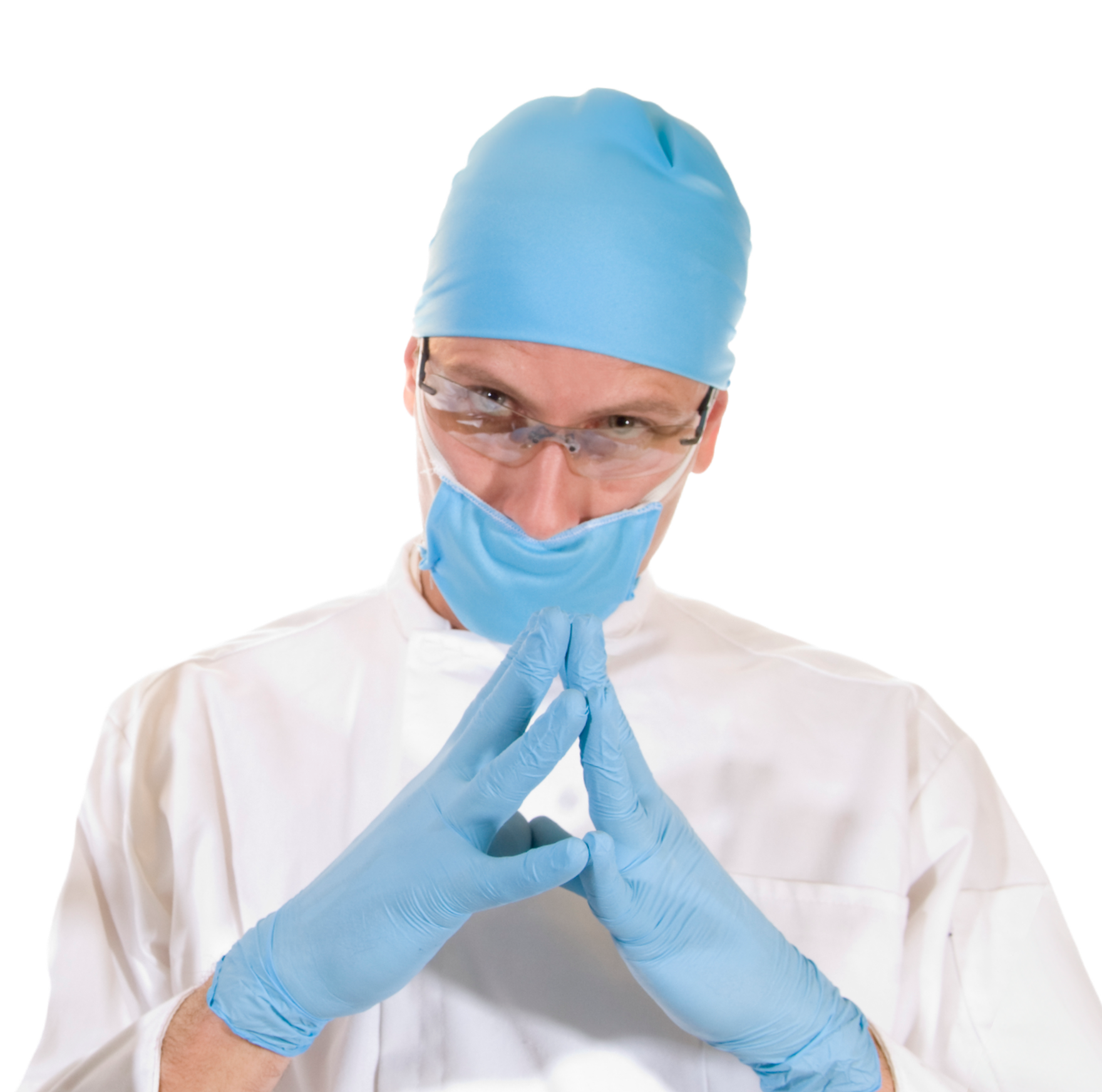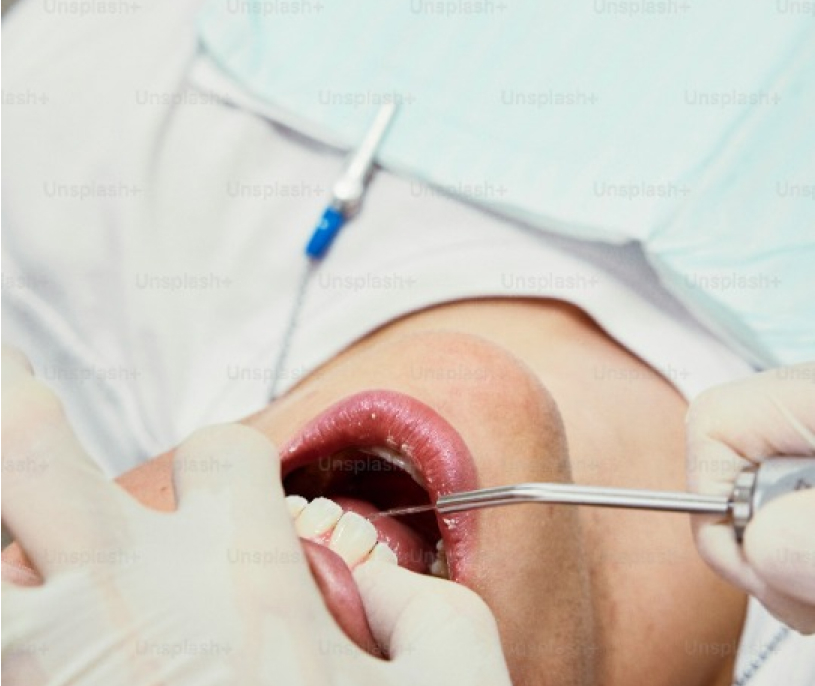DID YOU KNOW?
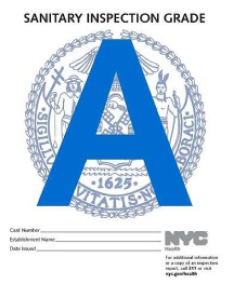
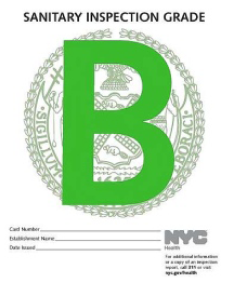
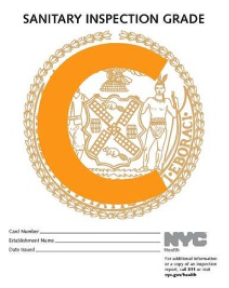
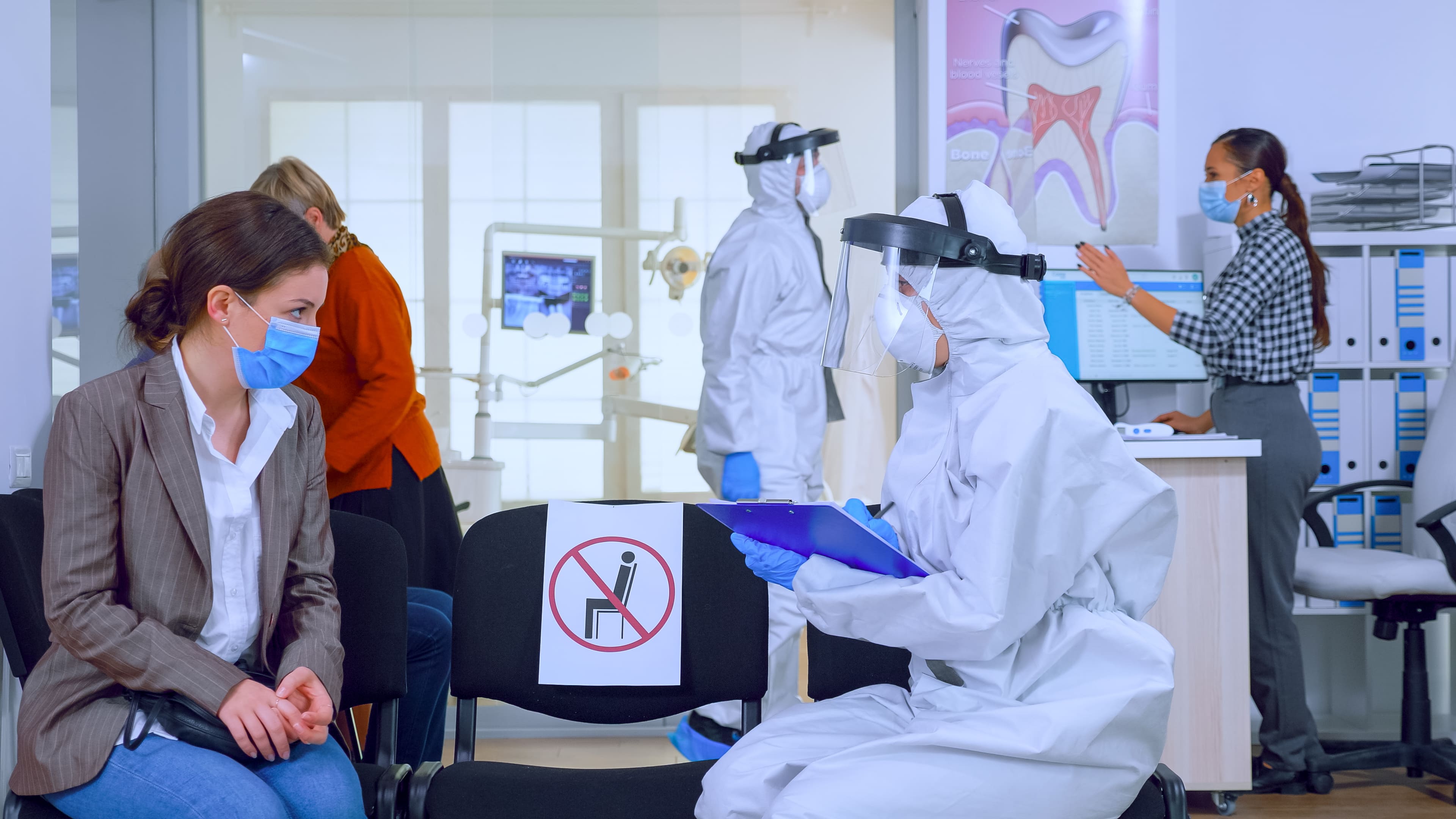
Office Inspections
Dental offices do not have regular inspections, unlike restaurants.
Dentistry is afforded “self governance” and is expected to follow high ethical standards which have the benefit of the patient as the ultimate goal. But with no one looking or enforcing, we ask you to ask your dental health care professionals some basic questions when you arrive in the dental office.
State-mandated inspections only happen when a patient or staff member files a complaint. Offices are simply contacted by phone, email, or fax to explain the complaint. If the office addresses the infection control issue in a timely manner, no further action is taken. Inspections are only performed when there is a valid risk to patients. State health bodies do not have the money or manpower to inspect every dental office. Unless serious complaints are made, dental offices go unchecked and patients are left assuming their dentist is following strict safety protocols.
Informed Consent
Dental professionals, including dentists, hygienists, orthodontists, etc., are required to get permission before performing any treatment. This is called informed consent. The individual concerned must be in possession of all relevant facts.
Do you have all of the facts about your treatment? Do you know all of the risks? Has your dentist ever discussed dental cross-contamination with you?
Cross-contamination is the transmission of bacteria, microorganisms, or other harmful substances from one object (or person) to another.
There is a dirty secret in dentistry. What you don’t know (what dentists, orthodontists, and hygienists fail to disclose) could be very hazardous to your health. Cross contamination in dentistry is real and has affected 1000’s of patients in the past.

DO NOT HARM
There is a fancy word for that. Non-maleficence means a dentist and orthodontist have a duty to refrain from harming the patient.
This key principle is detailed in the American Dental Association’s “Principles of Ethics and Code of Professional Conduct” and includes a specific clause about dentists being obligated to keep their knowledge and skills current. As technologies and studies update, the dental healthcare practitioners should be updating their office procedures and training their staff on new procedures.
However alot of dentists, orthodontists, hygienists get stuck in their old ways, and their bad habits can have severe consequences and can cause cross contamination in a dental setting. Bad practices can lead to dental infections and possible something more serious if not addressed quickly and effectively.
Deadly Diseases
Health Complications
Death
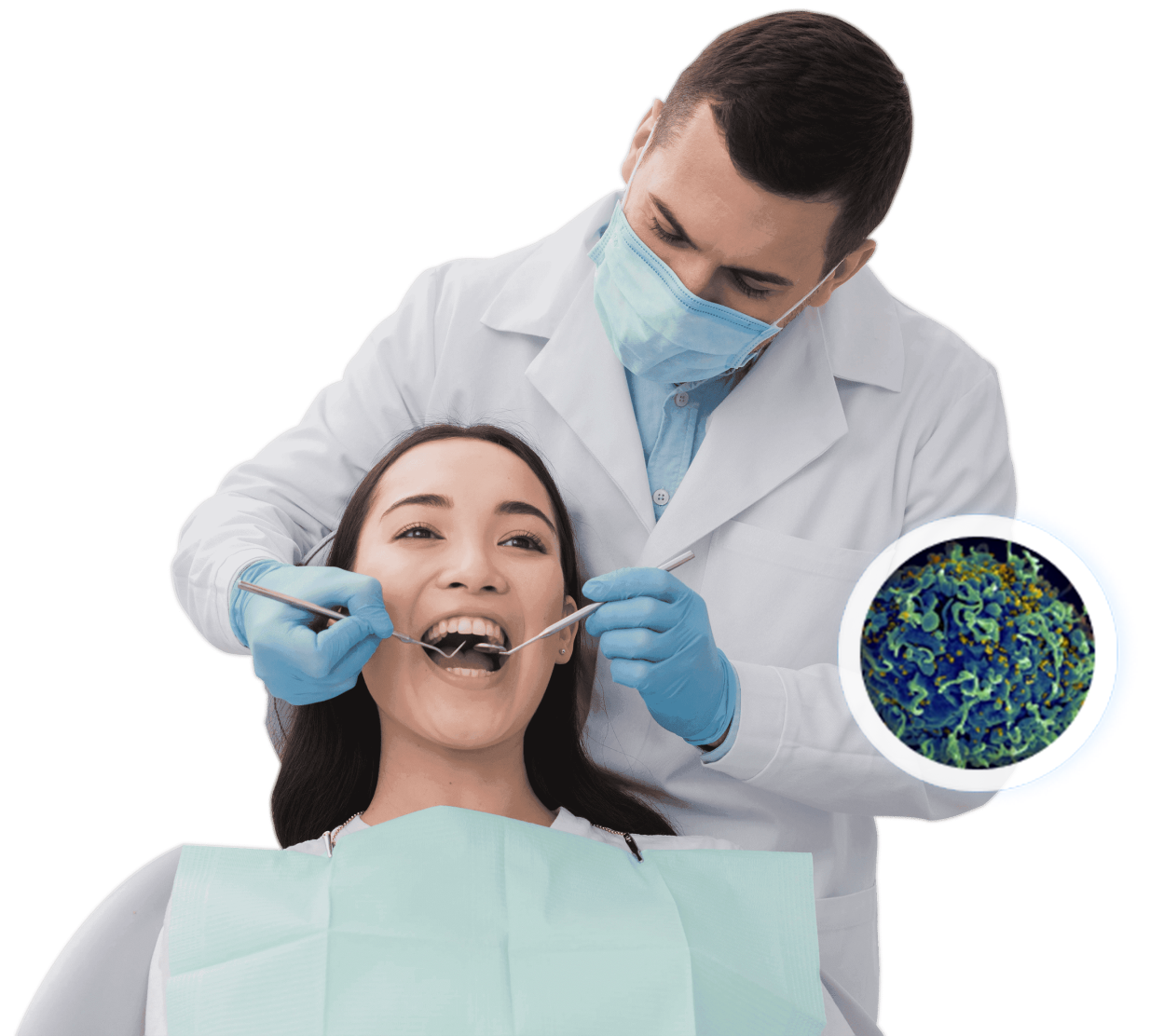
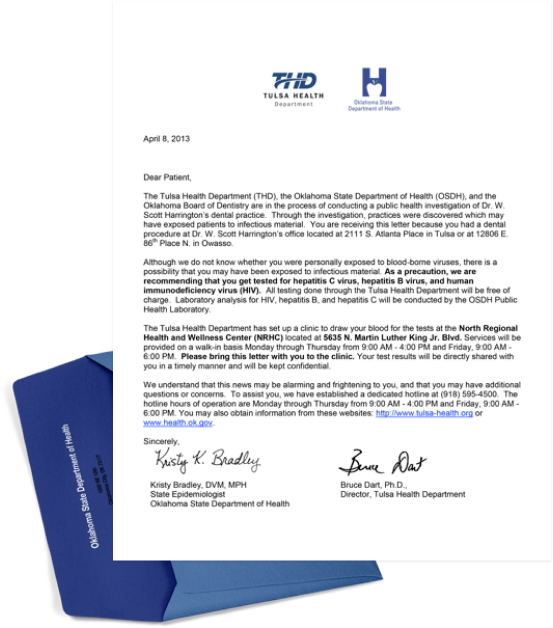
DENTAL CROSS CONTAMINATION
Imagine receiving this infection control letter from your State Department of Health. This letter is real. You could be the next unlucky recipient of an official government invitation to come get your free blood test because you may have been exposed to hepatitis C, hepatitis B, human immunodeficiency virus (HIV), or any number of other infectious diseases while receiving dental treatment.
Wait a minute . . . I can get AIDS from going to the dentist or orthodontist??!
Yes. You should also know that this 2013 case in Oklahoma is not isolated. There are other recent incidents in the USA, United Kingdom, Australia, and elsewhere around the world.
In total, 4,208 patients from Dr. Harrington’s dental practice were tested by the Oklahoma Public Health Laboratory. 90 patients tested positive for hepatitis C, 6 for hepatitis B, and 4 for HIV. 7000 patients were asked to get tested!
You should be very scared.
Luck has nothing to do with it. Hygiene in healthcare is based upon science, and requires rigorous discipline to ensure patient safety. There are specialized decontamination procedures, equipment, and products created to eliminate the risk of cross-contamination.
Your safety should not be a optional service provided by your dentist, orthodontist, or hygienist?
INFECTION CONTROL DENTAL
Advancements and Challenges in Dental Infection Control
There is always a risk of exposure to pathogens for everybody involved in a dental procedure, including the dentist and patient. This is why dental professionals today wear personal protective equipment such as gloves, masks, and eyewear.
Post-Covid, there are dental professionals who have advanced their infection control protocols, but most have reverted back to their old ways. For, some dentists have now installed air purification systems to reduce aerosolization, installed dental water monitoring systems, and updated to sterilizable air water syringes. These are just a tip of what modern dental offices do to help increase infection control.
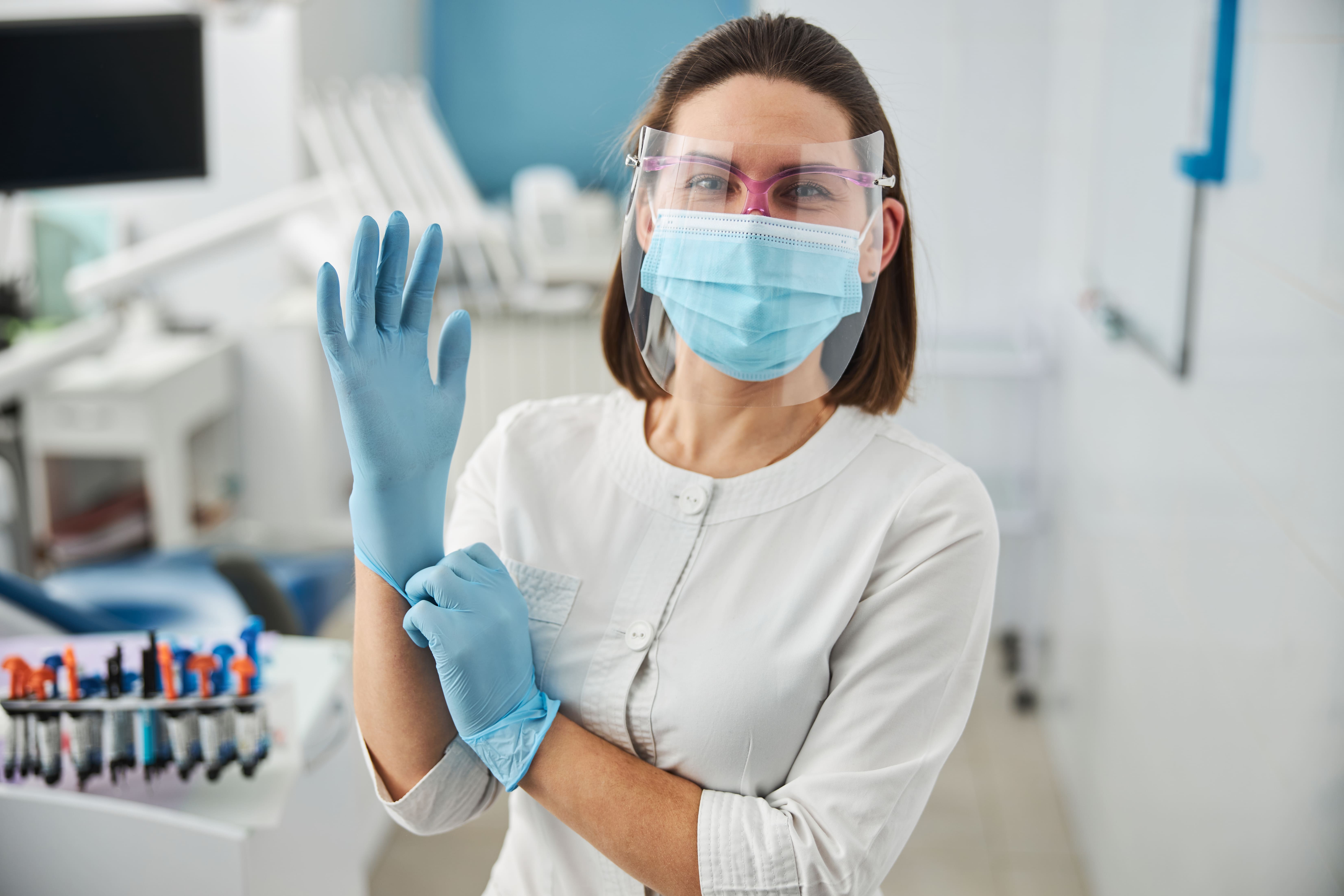
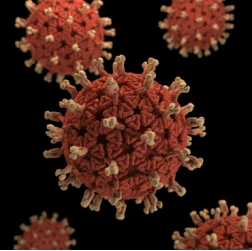
Protecting Both Ways: The Rise of PPE in Dentistry
Transmission of infectious material goes both ways.
Dentists and hygienists could get you sick. You could get the dental health care professional sick as well. Barrier protection such as disposable gloves, masks, shields, and gowns is designed to prevent this from happening. This most basic type of infection control measure has not always been the norm. It might surprise you to learn that wearing personal protective equipment such as gloves and masks only became mandatory in 1992.
What happened to change things?

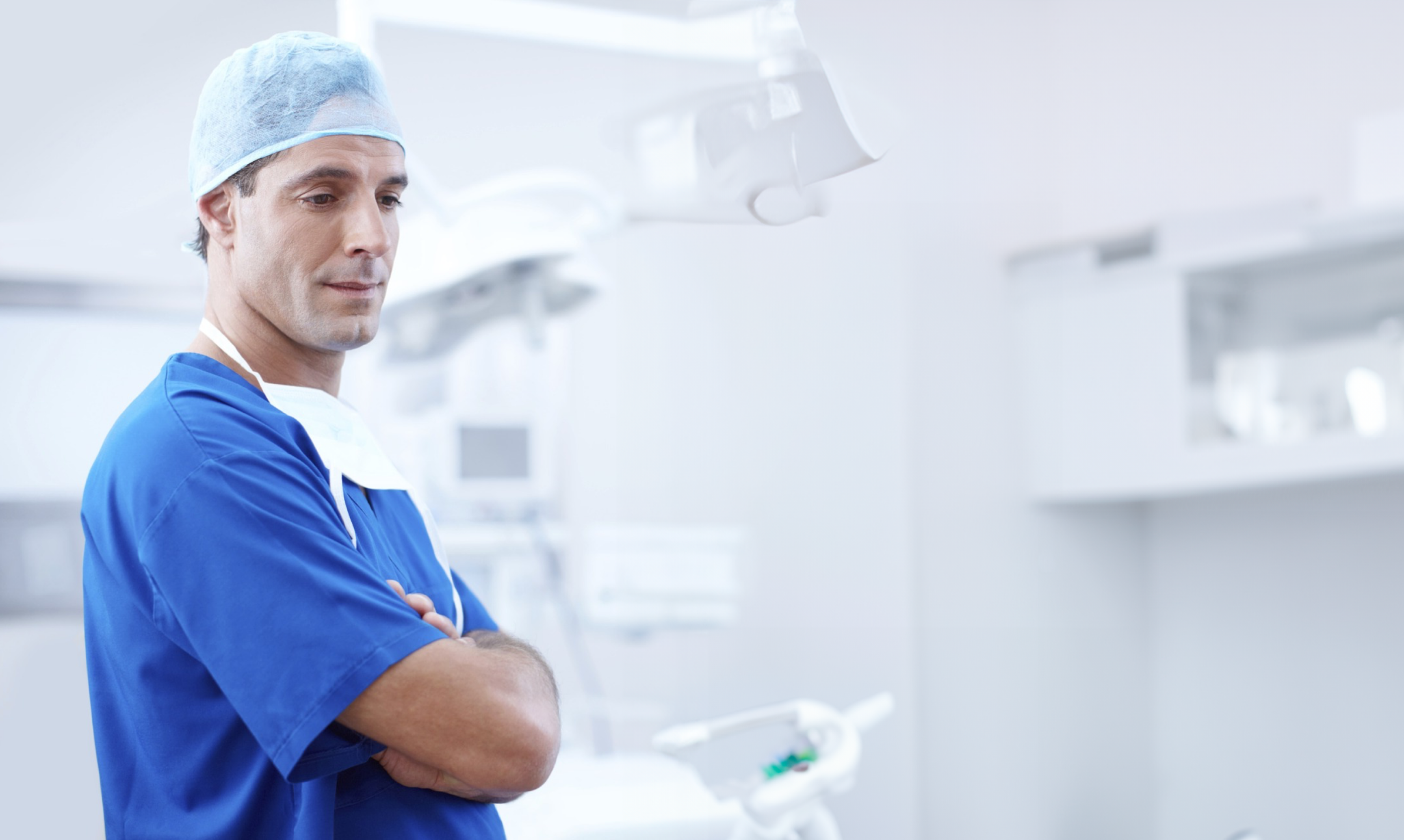
DENTAL INFECTION CONTROL HISTORY
In 1991, The Centers for Disease Control (CDC) announced that an HIV-positive dentist in Florida transmitted HIV to six of his patients. This was the first confirmed case of HIV transmission in a clinical setting.
In 1992, infection control becomes a prominent factor in dental offices. Barrier protection becomes mandatory (gloves, masks, etc.).
Dentists, orthodontists, and hygienists are now required to wear masks and gloves. This level of protection is essential; however, it is only the beginning of the infection control story.
Did you know that not too long ago it was common practice to boil dental instruments and needles between patients (1960’s). This was a method of sterilizing the instruments for the next patient.
Now single-use needles are the standard and every dental office has an autoclave to sterilize instruments between patients. Science and technology has advanced the industry but we still have dental holdouts who are not adhering to the CDC Basic Expectations for Safe Care. Now look at the wording of that title.... these should be “Basic Expectations” every patient should come to expect.
These changes all came about with proven science, but more importantly, public awareness of the facts.
Putting It All Together
For the most part, dental offices do a commendable job of ensuring patients and staff members are always safe. However, there is an alarming rate of adverse infection control breaches happening around the world. In a dental office, certain items are used on every patient for every procedure that contain grossly underreported risks that are cause for concern. How do a dentist and patients protect themselves from dental cross-contamination? By following the CDC standards for dental infection control. Also, patients should be informed of these risks to understand better what they are getting into when visiting a dentist or hygienist..
Over the years science has increased patient safety with the advancements of certain products and safety protocols. Not to long ago gloves and masks were optional and instruments were boiled in water to clean then reused. With the advancement in science and public awareness, none of these practices continue to be followed. Why? Because we now have a better understanding of the fact that these practices are unsafe.
Today, dentists are still using two items that were designed and used over 40 years ago. The air water syringe and metal air water syringe tips have been proven to be unsafe yet no changes have been made.
Our Mission
We at Dentistry’s Dirty Secret are raising public awareness to let the uninformed public learn what your dentist and hygienist should already know, but may choose to ignore.
When it comes to you or your family, you should be armed with the facts and risks associated with visiting your local dental healthcare professional. Changes in policies and dental equipment are not only made by science but advancing technologies. Until the public becomes aware of the facts and demands for change, these risks will continue to go unnoticed and unreported for the foreseeable future. Remember, it took almost 11 years to make personal protective equipment mandatory after the HIV epidemic was first reported. Those who do not learn from the past are doomed to repeat it. We do not want more patients to become sick when this could have been addressed in prior years. Do we want to wait another 11 years to see results? The time to know the truth is now. Visit our Dental Industry News section to see breaches that should have been avoided. It has affected 1000’s of dental patients. Dental infections or worse, result when dental cross contamination occurs, or insufficient infection Putting It All Together Dental infections or worse, result when dental cross contamination occurs, or insufficient infection control practices are addressed.
The time for action is here.
With the help of the public we hope to speed this process along to ensure you and your family receive the safest dental treatment possible.
QUICK LINKS
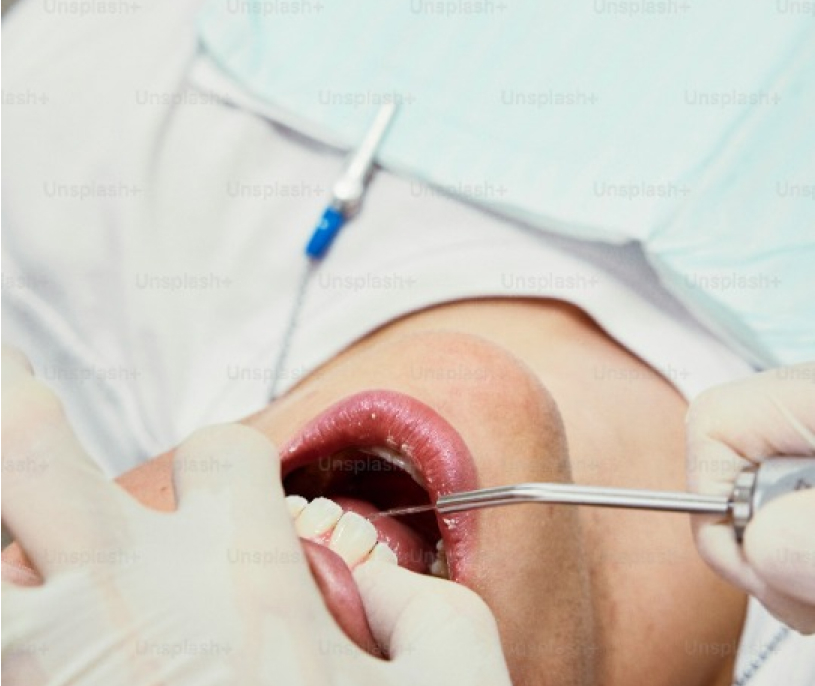

Air Water Syringe Tips
See what using metal air water syringe tips, does not coincide with “Best Practices”
Learn More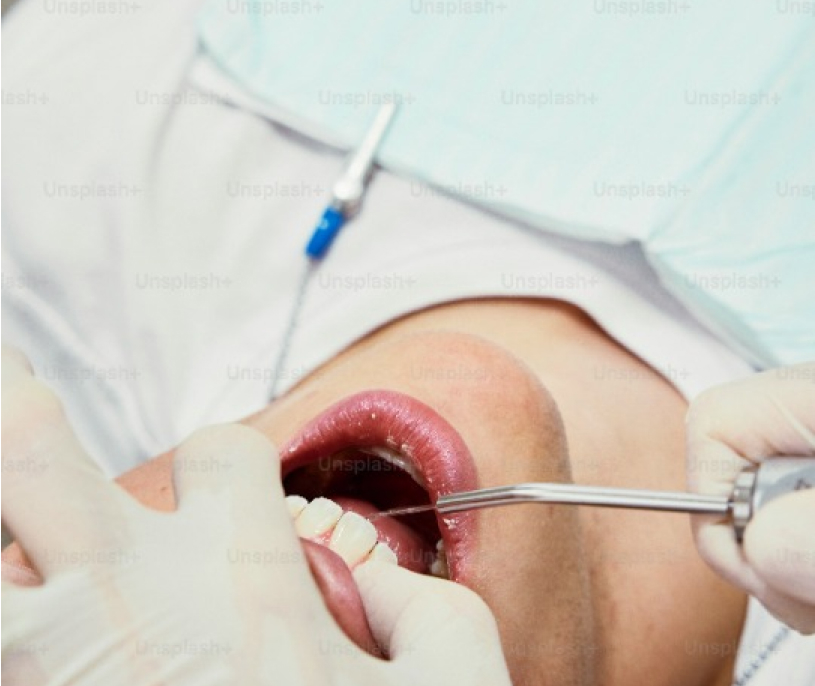

Dental Unit Waterlines
Mountains of evidence of why your dentist should be concerned about dental water biofilms.
Learn More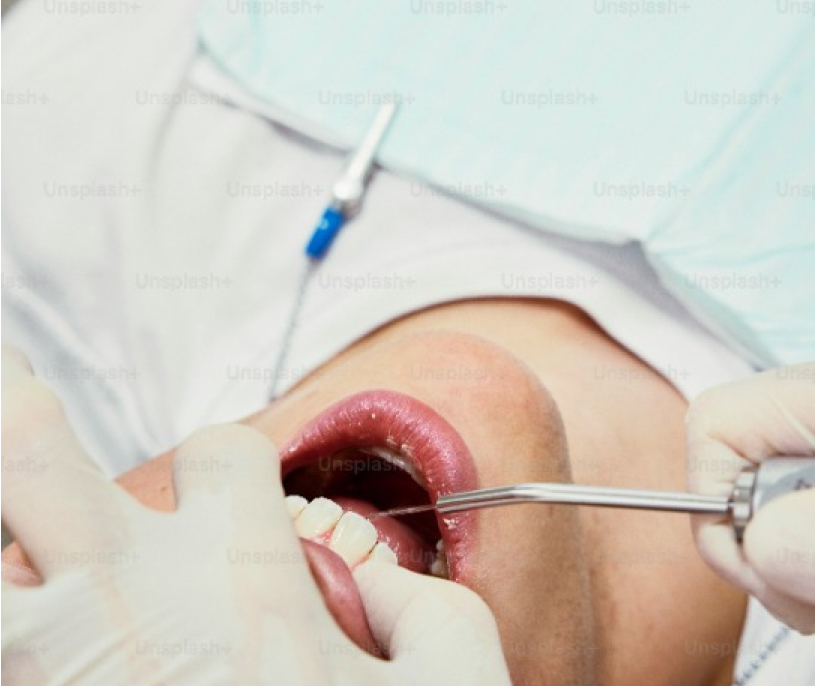

Infection Control Dental
We focus on the basics a patient should know about in dental office infection control.
Learn More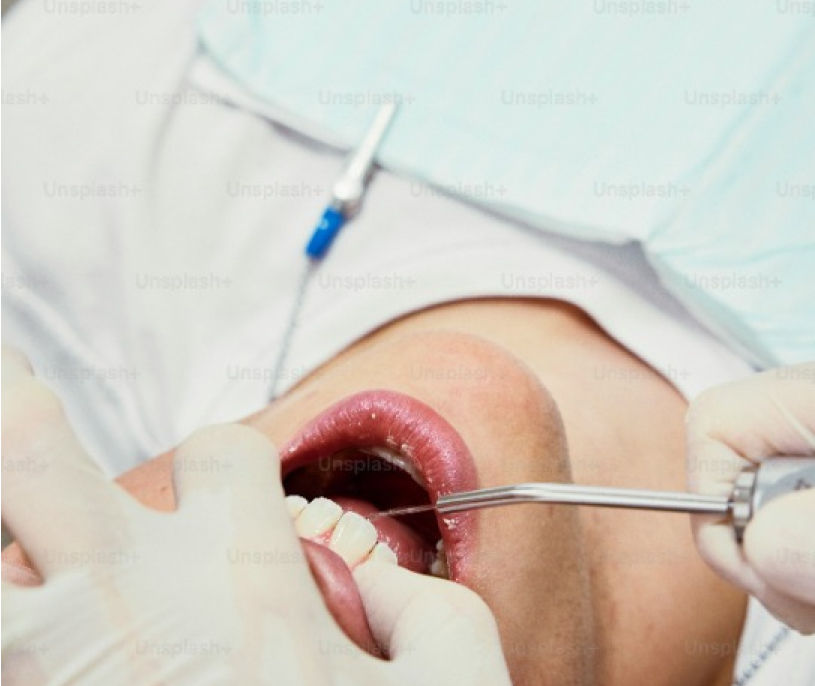

Dental Compliance and Regulation
See what health authorities are recommending for best dental practices.
Learn More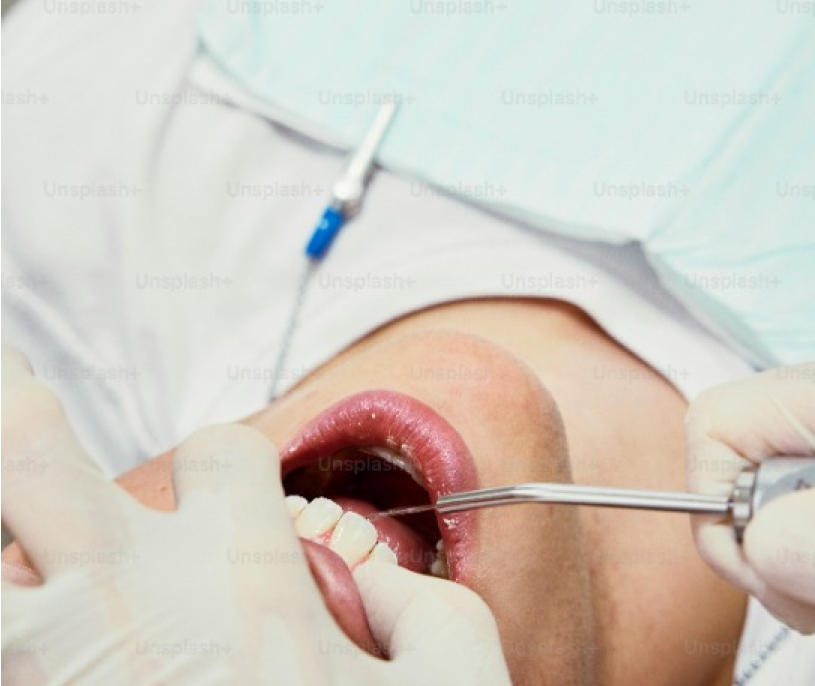

Dental Industry News
See how infection control breaches and dental cross contamination can wreak havoc if not properly implemented.
Learn More
